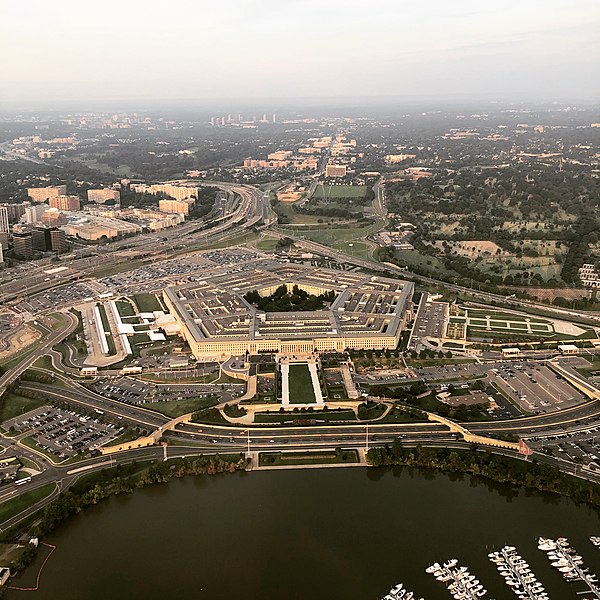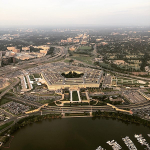
The Pentagon has revealed plans for a new nuclear bomb that boasts a destructive power 24 times greater than the atomic bomb dropped on Hiroshima in 1945. This announcement comes in
the wake of China's intentions to double its nuclear warhead arsenal to over 1,000 by 2030.
The proposed B61-13 nuclear gravity bomb is designed for deployment from aircraft, including the state-of-the-art $692 million B-21 Raider stealth bomber, currently under development. This bomb differs from its predecessors in that it will feature a tail kit for improved targeting, enhancing its accuracy.
Approval for this new weapon is still pending from Congress, but it has already garnered support from Republican hawks who view it as a critical addition to the country's military capabilities.
The Pentagon stated that the B61-13 is intended to "strengthen deterrence of adversaries and assurance of allies and partners by providing the President with additional options against certain harder and large-area military targets."
Assistant Secretary of Defense for Space Policy, John Plumb, emphasized that this development is not specifically aimed at China or Russia. He stated that it reflects an evolving security environment and increased threats from potential adversaries. Plumb further added that the United States has a responsibility to continually evaluate and deploy capabilities necessary for credible deterrence and response to strategic attacks.
The B61-13 is an updated version of the B61 gravity bomb, a crucial component of the U.S. nuclear deterrent since the Cold War. It boasts a maximum yield of 360 kilotons, making it 24 times more powerful than the bomb dropped on Hiroshima in 1945. For comparison, the bomb dropped on Nagasaki three days later had a yield of around 25 kilotons.
The production of B61-13s is expected to be limited, and it will not increase the overall number of nuclear weapons in the U.S. arsenal, as older weapons will be retired. Currently, the United States possesses approximately 3,700 nuclear warheads, with 1,419 deployed.
While President Barack Obama attempted to retire the B83, the largest U.S. nuclear weapon, Donald Trump reversed that decision. Some have suggested that the introduction of the B61-13 could be used by the Biden administration to convince Congressional Republicans to phase out the B83.
Although President Biden pledged during the 2020 election campaign to work towards a world without nuclear weapons, the United States is currently engaged in the most extensive nuclear weapons effort since World War II, investing over $750 billion in the next decade to modernize its aging nuclear defenses.
Hans Kristensen and Matt Korda, from the Federation of American Scientists' Nuclear Information Project, suggested that the B61-13 would have limited applications due to the number of high-yield gravity bombs required. It is likely that only around 50 of these weapons will be produced.
While the Pentagon did not provide a cost estimate for the project, Republican Congressman Mike Rogers, chairman of the House Armed Services Committee, welcomed the proposal as a "modest step in the right direction." He noted that addressing the current threat required a more comprehensive transformation of the country's deterrent posture.
This announcement comes amid growing tensions between the United States and China, with recent revelations that China has amassed over 500 operational nuclear warheads, more than previously believed, and plans to double that number by the end of the decade. These developments have further strained relations between the world's two largest economies, already facing significant challenges on multiple fronts, including Taiwan, military activities in the South China Sea, trade, and human rights issues. It's worth noting that while China maintains a "no first use" nuclear weapons policy, the United States does not adhere to such a policy and states that nuclear weapons would only be used in "extreme circumstances." Photo by Touch Of Light, Wikimedia commons.






































